A trip to Istanbul wouldn’t be complete without visiting the magnificent Hagia Sophia. Located at the crossroads of Europe and Asia, this architectural marvel has witnessed the rise and fall of empires, serving as a symbol of religious and cultural exchange for centuries. Here’s your guide to experiencing this iconic monument.
A Glimpse into the History of Hagia Sophia
Known as Ayasofya in Turkish, Hagia Sophia stands as one of the most renowned landmarks in the world. Commissioned by Byzantine Emperor Justinian I and completed in 537 AD, it served as the cathedral of the Orthodox Christian Church for nearly a millennium. Following the Ottoman conquest of Constantinople in 1453, it was converted into a mosque, where it remained for almost 500 years.
After the founding of the Turkish Republic in 1935, Hagia Sophia was secularized and transformed into a museum. In 2020, it was reconverted into a mosque, though it continues to welcome visitors. The history of Hagia Sophia is a fascinating reflection of the evolving political, religious, and cultural landscape, making it an enduring symbol of both change and continuity.
The Architecture: A Timeless Masterpiece
Approaching Hagia Sophia, its immense scale and grandeur are impossible to ignore. The colossal dome, which was the largest in the world for nearly 1,000 years, crowns the structure, showcasing the engineering brilliance of its era. Combining Byzantine and Ottoman architectural elements, Hagia Sophia is a true masterpiece.
- The Dome: The building’s most striking feature, the dome, appears to hover above the central nave, thanks to an innovative design using pendentives—curved triangles. This clever design floods the interior with light, creating an ethereal, divine effect.
- Mosaics and Calligraphy: Inside, the walls are adorned with intricate mosaics depicting biblical figures, saints, and emperors, reflecting the influence of Byzantine Christianity. After the Ottomans took control, Islamic calligraphy was added, blending the two traditions in a way few other structures do.
- Minarets and Courtyards: Four towering minarets were added by the Ottomans, transforming the structure into a mosque. The spacious courtyards surrounding Hagia Sophia provide a tranquil contrast to the city’s bustling energy, offering peaceful spaces for reflection.
Visiting Hagia Sophia: What You Need to Know
A visit to Hagia Sophia is like stepping through time, with every corner offering something new. Here’s how to make the most of your experience:
- Best Time to Visit: Since Hagia Sophia is one of Istanbul’s most popular attractions, it’s best to go early in the morning or later in the afternoon to avoid large crowds. Weekdays tend to be quieter than weekends.
- Entry and Guided Tours: Entrance to Hagia Sophia is free, but there may be a small charge for special exhibits or guided tours. A local guide can deepen your understanding with fascinating historical details. Many tours also include other nearby historic sites, such as the Blue Mosque and Topkapi Palace.
- Dress Code: As Hagia Sophia is still an active mosque, visitors are expected to dress modestly. Women should cover their heads, and both men and women should wear clothing that covers their shoulders and knees. Scarves are provided at the entrance for those who need them.
- Photography: Photography is permitted, but be mindful of those who may be praying or reflecting. Avoid using flash, particularly in the more tranquil prayer areas.
Nearby Attractions
While Hagia Sophia is undoubtedly a highlight, there are several other must-see attractions within walking distance:
- The Blue Mosque (Sultan Ahmed Mosque): Just a short stroll from Hagia Sophia, this mosque is famous for its striking blue tiles and grand design.
- Topkapi Palace: Explore the former residence of Ottoman sultans, which now houses a museum showcasing imperial treasures, including the sacred cloak and sword of the Prophet Muhammad.
- Basilica Cistern: Located beneath the city, this ancient underground water reservoir offers an atmospheric setting, with columns rising from the water, creating a mystical ambiance.
To plan your visit to Hagia Sophia, visit skyroutetravel.in now.

 Canada
Canada
 Sri Lanka
Sri Lanka

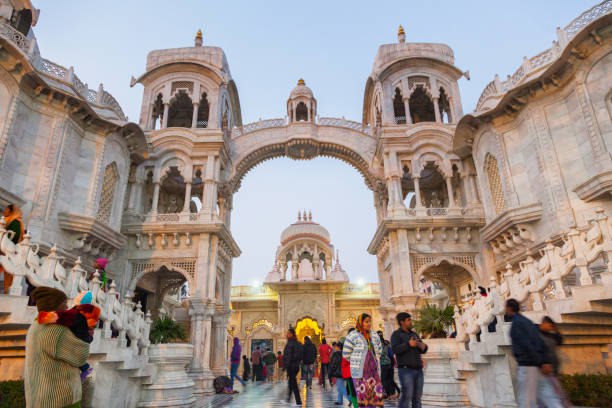
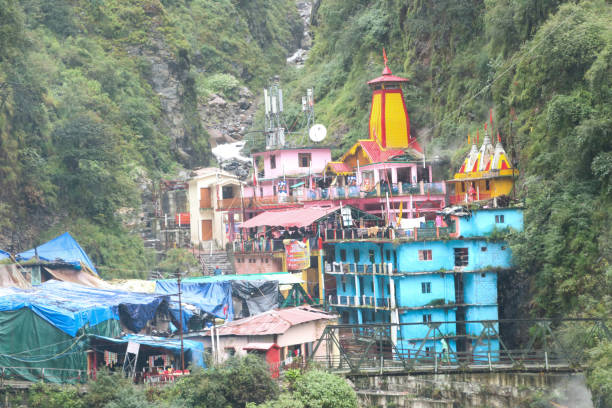
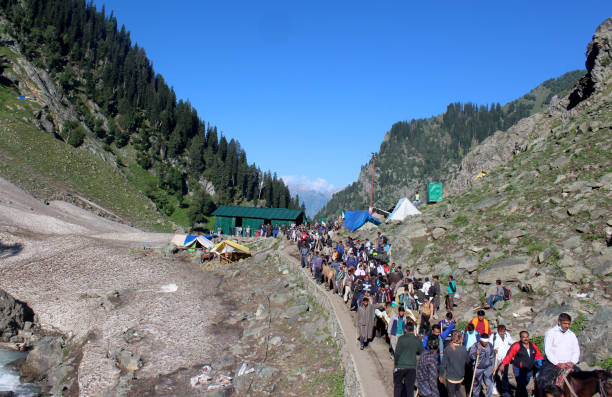
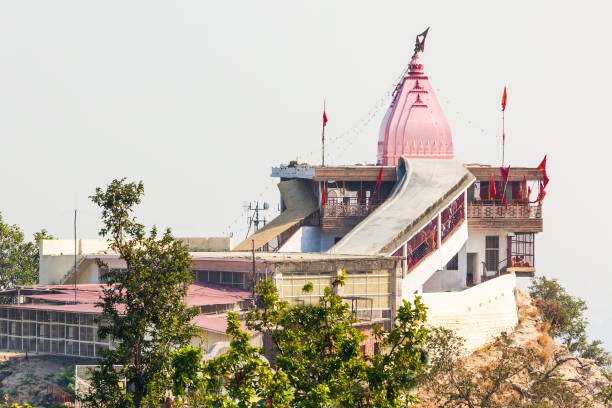
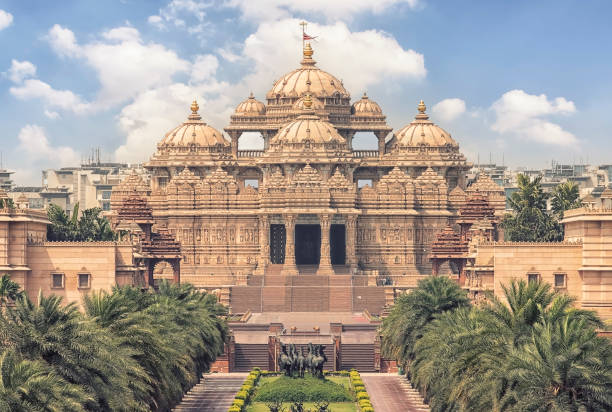
0 comments for this post